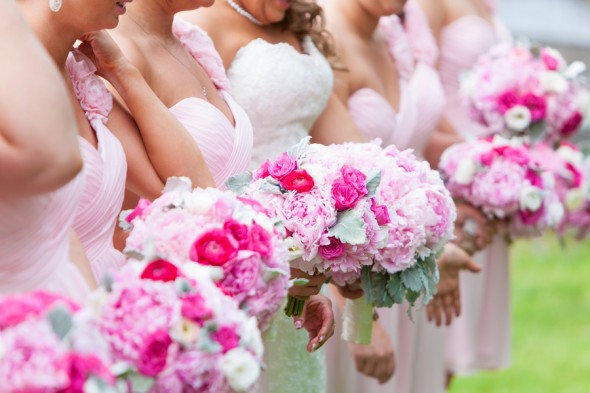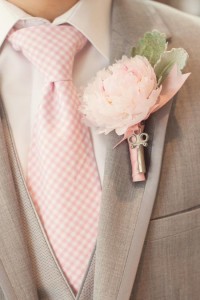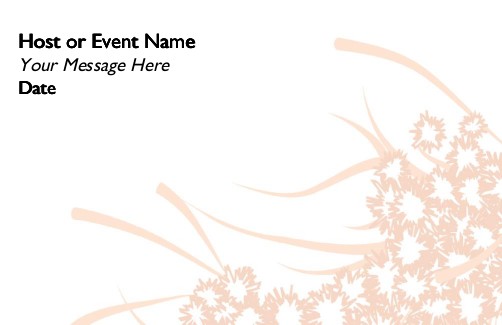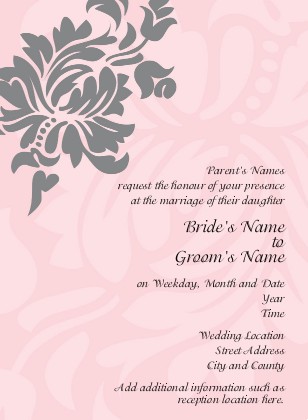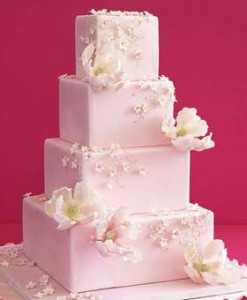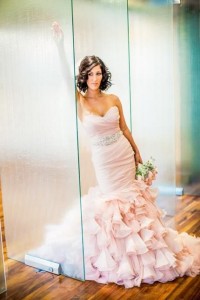If you’re getting married soon, you may have heard of the long-standing tradition of sending thank you cards (or notes) to your guests. You may have also heard that thank you cards are outdated or unnecessary in the digital age – but you’d be wrong!
Sending physical thank you cards or letters to your wedding guests is every bit as important a gesture nowadays as it was many decades ago. Thank you cards are how you’ll show everyone who spent time or money on your wedding that you appreciate them.
Once you become a husband or wife, you have a few short months to write and send a thank you card to every guest that attended your wedding (and everyone who sent a gift in lieu of attendance). This guide will talk you through thank you card etiquette and discuss exactly why they’re so important.
What Are Wedding Thank You Cards?
Thank you cards are exactly what they sound like. They are greetings cards which the bride and groom send out after the wedding has taken place. Their purpose is to thank everyone who contributed to the wedding – by buying a gift, helping out financially, providing a service, hosting a pre-wedding event, helping out with set up or cleaning, or simply attending the wedding and sharing in the experience.
It’s thought that thank you cards have been around in some form for hundreds of years. They’re a long-standing wedding tradition, and remain a crucial part of wedding etiquette to this day. No matter whether you’re having a tiny, intimate celebration or a huge bash with hundreds of attendees, it’s important to thank everyone who’s spent their time or money helping you celebrate.
Why Is It Important to Send Wedding Thank You Cards?
At this point, you may be wondering: are thank you cards really necessary in 2021 and beyond? The answer is yes, and here’s why.
• The sending of thank you cards is an established tradition that your guests will be expecting you to uphold. This is especially true for guests belonging to older generations.
• Your guests will have sacrificed a lot to spend your wedding day with you. They may have had to book time off work, arrange childcare, travel long distances, and even fork out for a new formal outfit in order to celebrate with you.
• The average wedding guest spends £40 on a gift for the bride and groom. That must be worth a card! It’s simply rude not to thank someone for spending money on you.
Another great reason to send thank you cards is that they make wonderful keepsakes for those that attended your wedding. At 123Print, you can find thank you cards to suit just about any wedding theme or colour scheme. You can even create your own design!
You can save plenty of time by ordering your thank you cards in advance. You can even address and stamp the envelopes before your big day, if you have the time. (Obviously, you can’t write the cards themselves until you’ve opened your gifts.)
Aren’t Wedding Thank You Cards Outdated?
One of the most common and widely-spread myths nowadays is that wedding thank you cards are ‘outdated’ or ‘old-fashioned’. And it’s definitely true that lots of wedding traditions are being uprooted in favour of more modern ideas. But it isn’t the case with thank you cards.
No matter what kind of wedding you have, whether you follow all the old customs or throw them out the window, it’s still crucial to thank all of your guests. They were still willing to take an entire day out of their lives to help you celebrate your marriage, and that’s something that deserves your gratitude.
Why Can’t I Just Send a Text?
But do you have to send an actual card? Can’t you just text a ‘thank you’ to your guests, or send them a Facebook message? Well, you could, technically. The problem, though, is that this is going to be seen by the vast majority of your guests as tacky and rude.
If you really haven’t got the time to send out thank you cards, your best bet is to call your guests individually to thank them for attending your wedding. But phoning everyone will take so long that you might as well just send a card – and you’ll have to give them a good reason why you’re not doing so.
How Do You Write a Wedding Thank You Card?
Let’s get down to business, then: how do you actually write wedding thank you cards? Here’s our fool-proof formula.
1. Order your cards in plenty of time. We’d recommend using a professional printing site such as 123Print. Order more than you think you’ll need, in case you make a mistake or smudge the ink.
2. Write all of your cards by hand. The time and effort you put into this will show, and your guests will be grateful.
3. Start by addressing your recipient by name. Thank them (and their plus one) for attending your wedding, and mention how happy you were to have them there.
4. Thank them for their gift. Talk about what they bought you and how much you like it. If they gave you money, tell them how you plan to use it. (If they didn’t give a gift, skip this part.)
5. Include a touching or funny memory you have of them from the wedding day, e.g. “It was so fun dancing the Macarena with you, especially as we’d had a bit to drink!”
6. Finish by wishing your guest well. Both the bride and groom should sign the card by hand.
It may be tempting to draft a generic message of thanks and copy it into every card, changing only the recipient’s name. Do not do this – it will be obvious, and will come across as lazy.
Who Gets a Wedding Thank You Card?
As a general rule, all of your wedding guests should receive a thank you card. You can send one card per family or per couple. It’s important to send everyone a card, even if they didn’t bring a wedding gift. They still took a day off to celebrate your marriage with you.
You should also send a card to anyone who sent you a wedding gift, even if they didn’t attend the wedding.
Should you send thank you cards to your wedding suppliers (e.g. your photographer)? You paid for their services, so you don’t need to – but the gesture would be appreciated all the same. It’s completely up to you.
How Long Do I Have to Send Wedding Thank You Cards?
A common myth is that you have an entire year after the wedding to send thank you cards. This is not true. If 6 months pass with nothing in the post, most people will have assume you’ve forgotten them.
Instead, a good rule to go by is this: you have 1 month (starting after the honeymoon) for every 50 cards you have to write. So, if you had 150 guests at your wedding, you have 3 months in which to write your cards.
That might not sound like much time, but it’s plenty if you think about it logically. You’d only need to write an average of 1.6 cards every day to have them all done on time.
You don’t need to wait to send the cards all at once. Post the most important cards first – guests that sent you particularly large gifts, helped out the most financially, and those that are likely to care the most about receiving a card (usually older relatives).
What Happens If I Don’t Send Thank You Cards?
The world isn’t going to end if you don’t send wedding thank you cards. However, it will come across as rude and ungrateful, especially to anyone who bought you a gift or helped out with your wedding.
Some of your guests won’t mind, but others are bound to be offended if you don’t send a card. They’ll be less likely to attend events that you invite them to in future, and it may put strain on your relationship with them.
So, don’t delay: order your wedding thank you cards today from 123Print!
